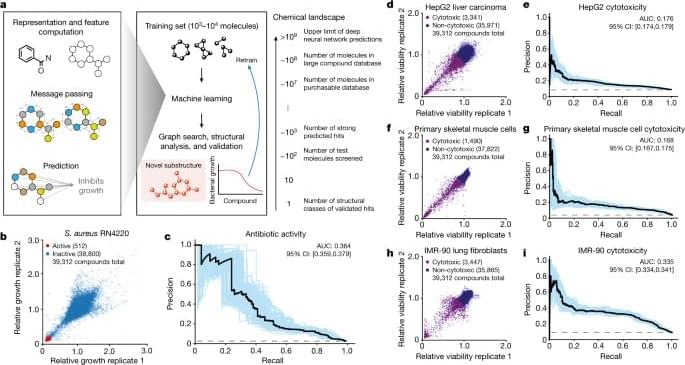The ability to extract trace bits of DNA from soil, water, and even air is revolutionizing science. But it’s not foolproof.


The short lifespan of conventional batteries means they either cannot be used or have significant drawbacks in situations where it is not feasible to charge or replace them. For example, pacemakers, satellites, high-altitude drones or even spacecraft are low-power electrical devices where long life of the energy source is needed.
What we’re doing
A team of physicists and chemists from the University of Bristol have grown a man-made diamond that, when placed in a radioactive field, is able to generate a small electrical current.
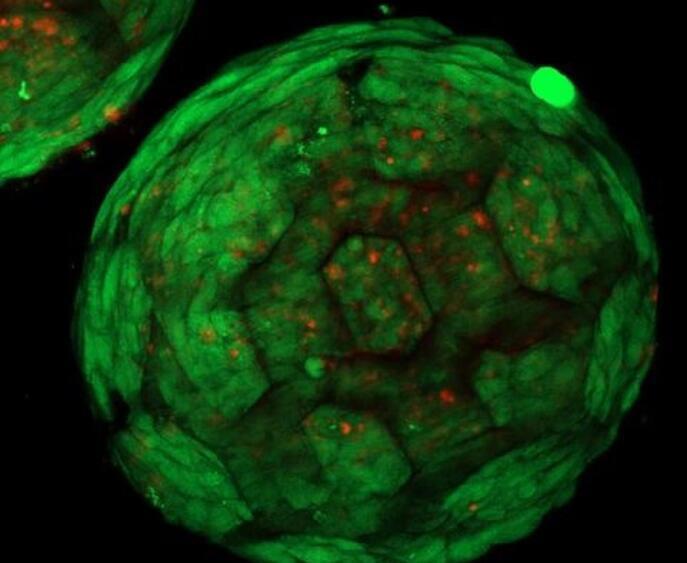
A new laser-based approach has been introduced to produce artificial cartilage using 3D printing technology.
In this approach, researchers from TU Wien printed living cells within tiny football-like spheroids.
The team hopes this technique could be used to cultivate lab-grown tissue capable of replacing damaged cartilage in humans. It is a strong connective tissue found in various parts of the body that protects our joints and bones.
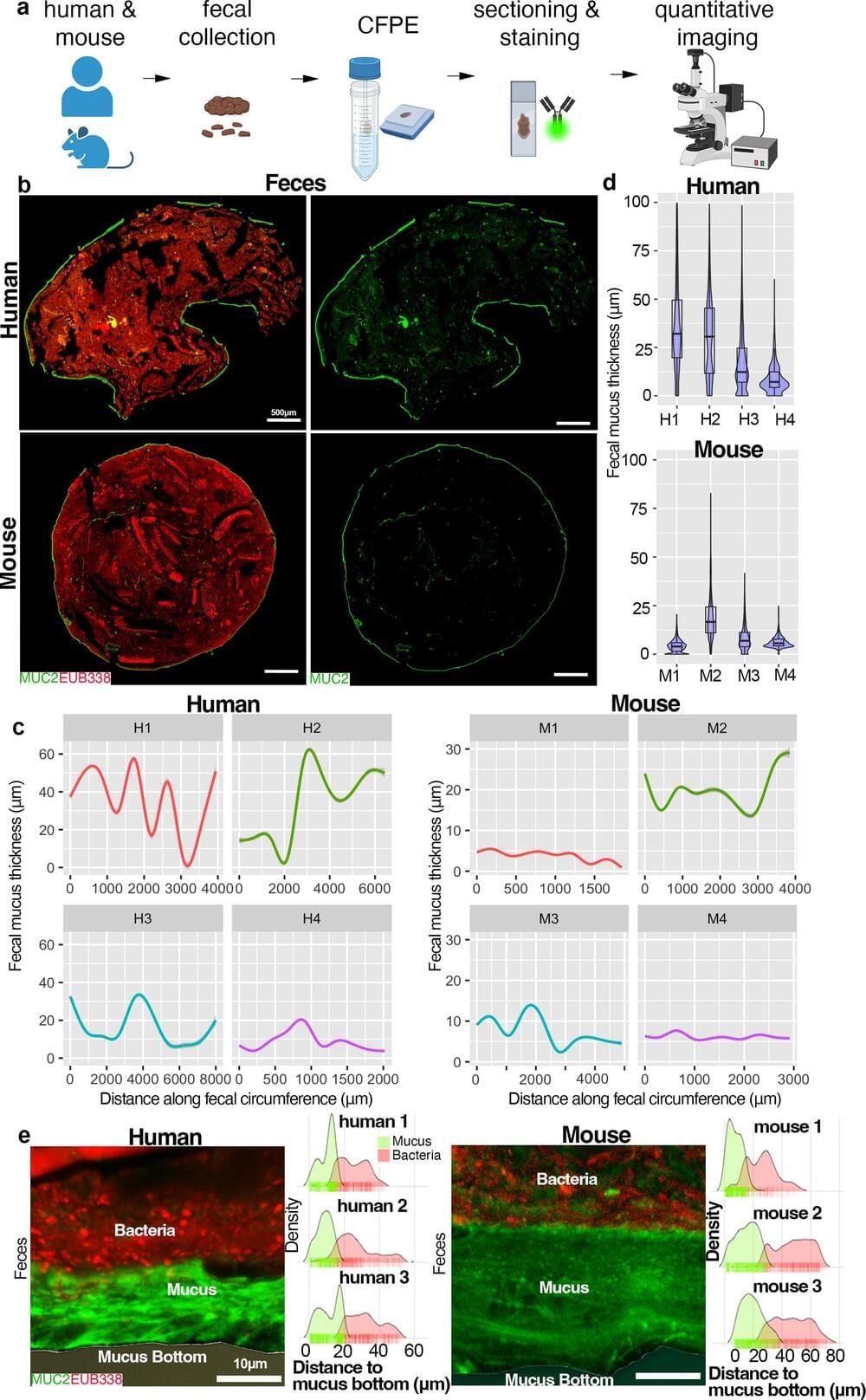
New research from UBC Okanagan could make monitoring gut health easier and less painful by tapping into a common—yet often overlooked—source of information: the mucus in our digestive system that eventually becomes part of fecal matter.
Researcher Dr. Kirk Bergstrom and post-graduate student Noah Fancy of UBCO’s Biology department have discovered a non-invasive technique to study MUC2, a critical gut protein, from what we leave behind in the bathroom.
Theie findings are published in the Journal of Biological Chemistry.
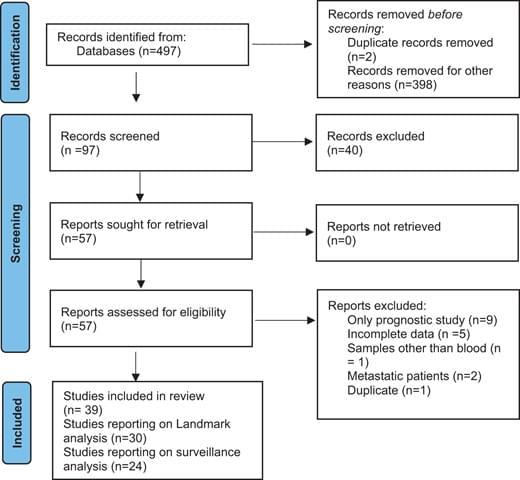

Results from phase two clinical trials at UT Southwestern Medical Center showed that a suspension of gold nanocrystals taken daily by patients with multiple sclerosis (MS) and Parkinson’s disease (PD) significantly reversed deficits of metabolites linked to energy activity in the brain and resulted in functional improvements.
The findings, published in the Journal of Nanobiotechnology (“Evidence of brain target engagement in Parkinson’s disease and multiple sclerosis by the investigational nanomedicine, CNM-Au8, in the REPAIR phase 2 clinical trials”), could eventually help bring this treatment to patients with these and other neurodegenerative diseases, according to the authors.
Gold nanocrystals suspended in a water buffer represent a novel therapeutic agent developed by Clene Nanomedicine for neurodegenerative conditions. This nanomedicine, called CNM-Au8, is being investigated to treat patients with multiple sclerosis and Parkinson’s disease in clinical trials at UT Southwestern. (Illustration: Random 42/Source: Clene Nanomedicine)
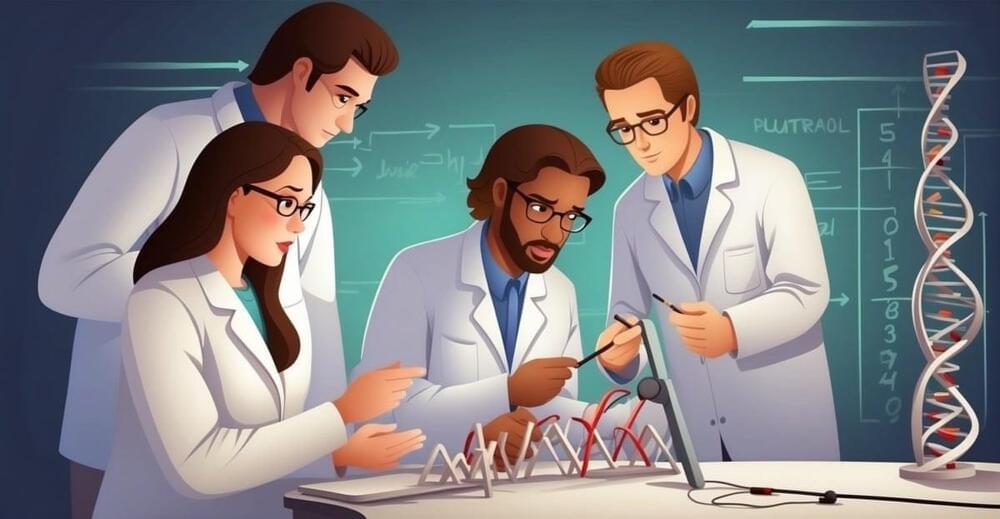
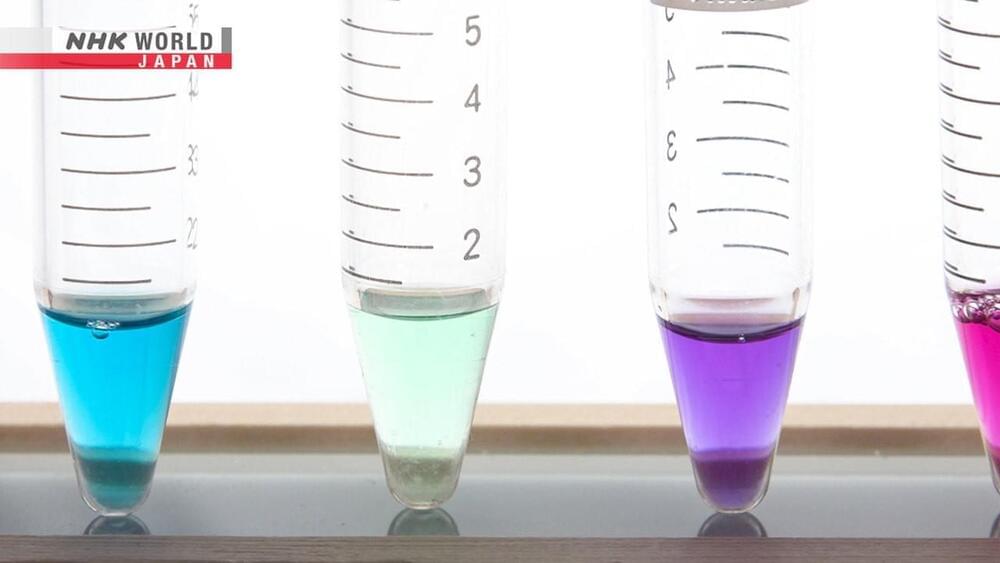
Rhodopsin can kill cancer cells keeping the surrounding cells healthy 😤
Considerable time and funding are required in development of new medicines necessary for otherwise untreatable illnesses. Professor Yuki SUDO of Okayama University seeks an innovative form of treatment using rhodopsin, a protein with light-reactive qualities. By extracting it and artificially inserting it into affected cells, it could treat illness simply by exposure to a specific type of light. He has succeeded in using rhodopsin to eliminate cells from cancer, the first such accomplishment ever achieved in the world. In this episode, we introduce the research toward a “light switch” to cure disease.
